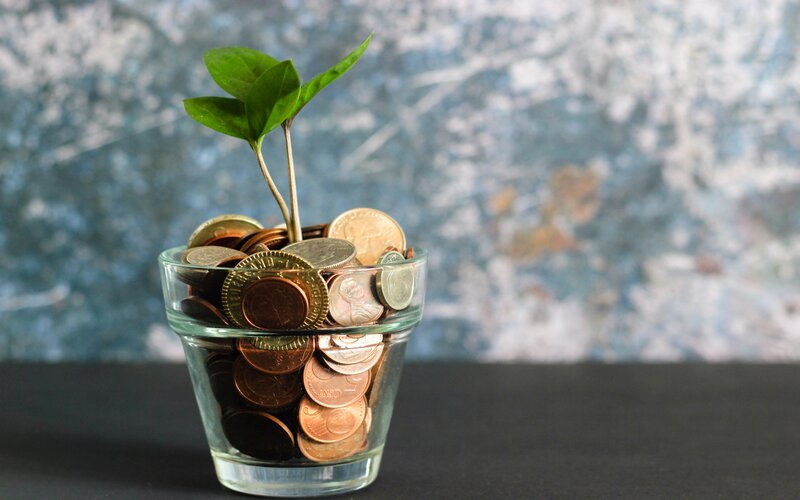The latest GDP figures from the Australian Bureau of Statistics (ABS) revealed a minor fall in household savings as the rise in household spending over the three months to 31 March outpaced the growth in income.
This drop follows a much larger fall of nearly 7 percentage points in the previous quarter from 18.7% to 12%, after the savings ratio skyrocketed to almost 20% during the pandemic.
The ABS again put this decline down to, among other things, the removal of JobKeeper and the now-decreased JobSeeker.
"A fall in benefit payments detracted from income growth, reflecting a decline in the number of recipients and the winding back of additional COVID-19 support payments during the quarter," it said.
Household spending meanwhile increased 1.2%, as Australians continue the steady loosening of purse strings.
"Spending on services rose 2.4% as COVID-19 restrictions continued to ease around Australia," the ABS said.
"Spending on goods declined 0.5 per cent but remained above pre-pandemic levels."
Need somewhere to store cash and earn interest? The table below features savings accounts with some of the highest interest rates on the market.

- A high-interest online savings account with no monthly fees, easy withdrawals and award-winning digital banking
- No withdrawal notice periods or interest rate penalties
- Save up to 10% on eGift cards at over 50 retailers with Macquarie Marketplace
Despite the 0.6% fall, the savings ratio to income is historically around the highest it has ever been, as the infographic above shows.
In 2018-19 it sat at 3%, and the high rate of savings indicates Australians still have plenty of appetite for consumption, but aren't quite at the stage where they feel confident in splurging.
That being said, Australia's household savings ratio is still much lower than the likes of South Korea (37.2%), Austria (27.18%), the Netherlands (25.27%) and Ireland (23.2%) just to name a few.
The Federal Government had been hoping Australians would get out and spend after saving an additional $200 billion in 2020.
“With an additional $200 billion sitting on household and business balance sheets compared to the start of last year there is a huge sum of money available to be spent across the economy helping to create jobs and maintain the momentum of our economic recovery," Treasurer Josh Frydenberg said last year.
Spending is increasing and consumer confidence received a post-budget boost according to ANZ and Roy Morgan, with the weekly consumer confidence index now sitting at around the rolling monthly average since 1990 and well above the level seen at the onset of the pandemic.
"The greater than expected spending promised by the government in the federal budget may have also provided a boost to confidence," ANZ Head of Australian Economics David Plank said.
"Among the detail, 45% of the responders said it is a ‘good time to buy a major household item’ versus 22% for it being a ‘bad time to buy’, which are respectively the highest and lowest values since February 2020."
However, future outbreaks like the one seen in Melbourne at the moment and more delays in Australia's vaccine rollout could hamper spending and consumer confidence moving forward.
“An important ongoing source of uncertainty is the possibility of significant outbreaks of the virus, although this should diminish as more of the population is vaccinated,” Reserve Bank of Australia Governor Philip Lowe said on Tuesday.
Image via Pexels








 Rachel Horan
Rachel Horan
 William Jolly
William Jolly
 Aaron Bell
Aaron Bell

